IATA makes the case for standards
There has been lots of debate around whether IATA’s proposed ‘new distribution capability’ is a good or bad thing. In this interview with EyeforTravel.com, IATA director Eric Leopold tells us why it’s time for change.
New Distribution Capability (NDC) has come about because of the technological gap that exists today between direct and indirect channels. Well that is the view of the industry body IATA. It says the sort of content or information that airlines can offer via their websites today differs from the travel agent offering delivered by the GDS. And this impacts the shopping decision of air passengers.
This is down to two diverse formats:
1. Internet programming language (XML). On their websites airlines are equipped to offer extra information that can be meaningful to buyers (for instance, whether a WiFi service in the aircraft is available or not).
2. On the other hand, there is the less flexible pre-Internet message protocol (EDIFACT and TELETYPE) used when selling through the indirect channel (GDS/ travel agent).
IATA points out that when it comes to bookings made via travel agents, airlines aren’t in a position to personalise the offer based on the passenger’s frequent flier status, credit card used and so on. Airlines simply aren’t aware who the customer is until after the reservation is made.
IATA says NDC will overcome this gap by developing a common messaging standard.
Now entering its pilot phase, the focus is on improving the NDC business requirements and schemas. EyeforTravel’s Ritesh Gupta talks airline industry trends with Eric Leopold and how NDC could affect airline shopping.
EFT: Before getting into NDC let’s talk more generally about the industry. So, if you were to pick any disruptive change in airline distribution, what would it be and how is that going to change the game in the future?
EL: The biggest disruptive change is personalisation and customisation. Consumers want to be able to be recognised and to choose the attributes that have value to them—whether it is checking a bag, purchasing a day pass to a lounge or buying extra loyalty points. Technology needs to adapt to enable airlines to offer these services for sale wherever the passenger wants to purchase them.
EFT: How would you compare bookings made via an airline direct channel vis—vis any third party channel today?
EL: Today the biggest difference is that airlines on their websites make it possible for consumers to receive rich content, including bundled and no frills fare offers and personalisation, as well as the ability to view photos and graphic depictions of products and services.
However, consumers are limited in the amount of information they are able to receive when using a travel agent or online travel site, owing to the legacy pre-Internet communications standard used for data exchange between airlines and travel agents.
EFT: What disturbs you most as a passenger when you are about to book an air ticket?
EL: When I can find more product information and options on an airline website than my travel agent can find using a GDS.
EFT: Can you explain the sort of gaps the industry still needs to address on the distribution side?
EL: The biggest gap is that travellers have one set of product options if they buy on an airline website. But if they choose to buy through our travel agent partners, the options are limited.
EFT: How do you think the industry has collectively moved its focus from distribution to retailing?
EL: The development of ancillary products and services and bundling and unbundling fare offers to allow customers to choose the products and services that will have value to them.
If I am travelling on a short business trip with a carry-on bag, I may want to take advantage of the opportunity to board in one of the early groups. But if I am travelling for leisure with family and the bags are all checked, this may have less value to me as a customer.
EFT: NDC is being billed as a catalyst for enabling airlines to offer the same shopping experience regardless of channel. Can you elaborate?
EL: NDC is a standard not a product and it will be up to the market whether to adopt this standard. But moving to an open, XML-based distribution standard for data exchange between airlines and travel agents, will reduce costs, encourage new entry into the distribution business and encourage airlines to develop innovations, since time to market will be quicker.
Today an airline that wants to add a simple product feature may have to budget 12-18 months simply to make it possible for the agent to display and sell it.
EFT: How do you expect NDC to shape up in the next year or so?
EL: We have identified a five-year road map. We will have pilots underway this year and continuing through 2014. We hope to report on our first pilot at the World Passenger Symposium in Dublin.
 United Kingdom
United Kingdom United States
United States Asia Pacific
Asia Pacific



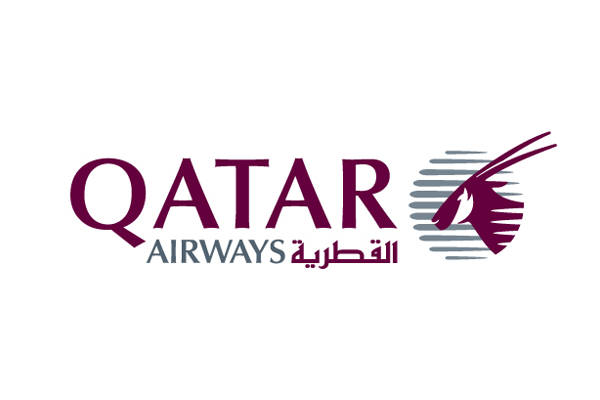

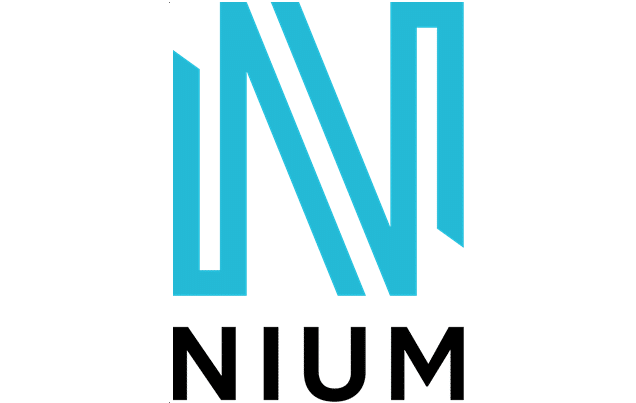
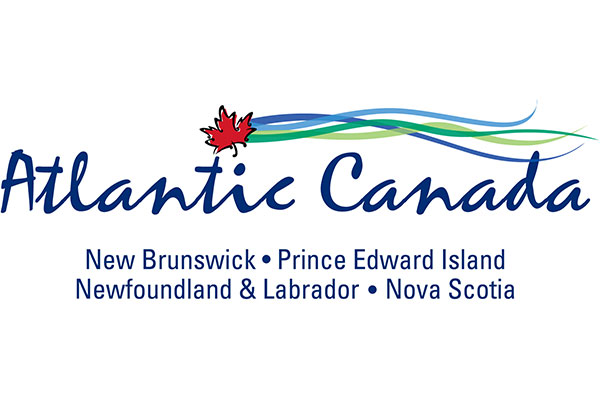





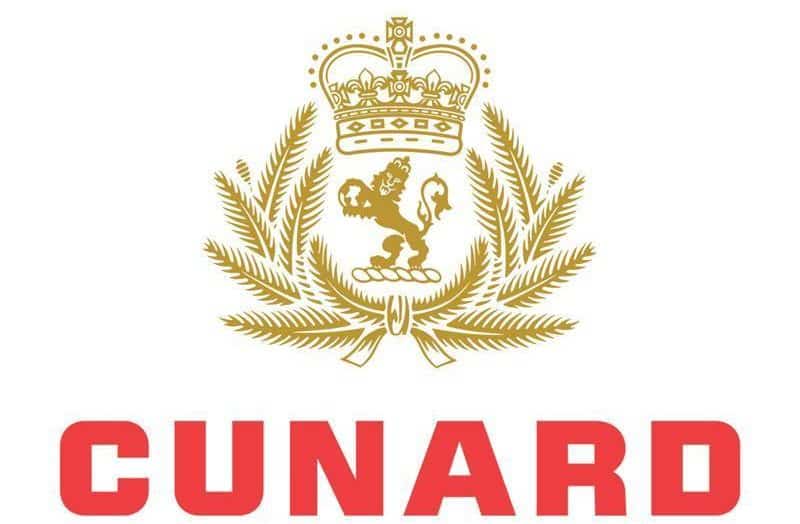
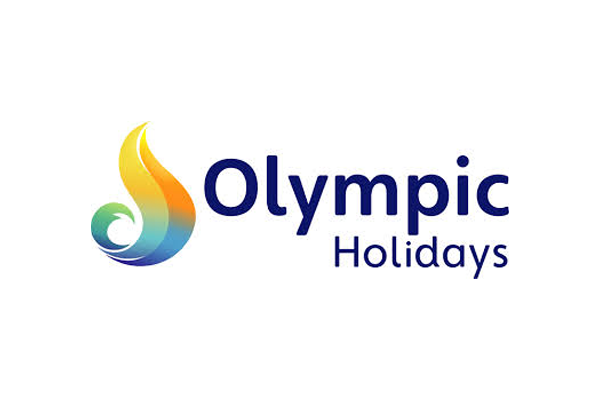


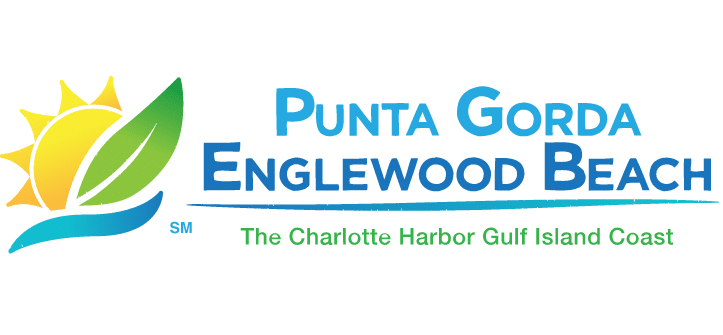



























Dozens fall ill in P&O Cruises ship outbreak
Boy falls to death on cruise ship
Turkish Airlines flight in emergency landing after pilot dies
Unexpected wave rocks cruise ship
Woman dies after going overboard in English Channel